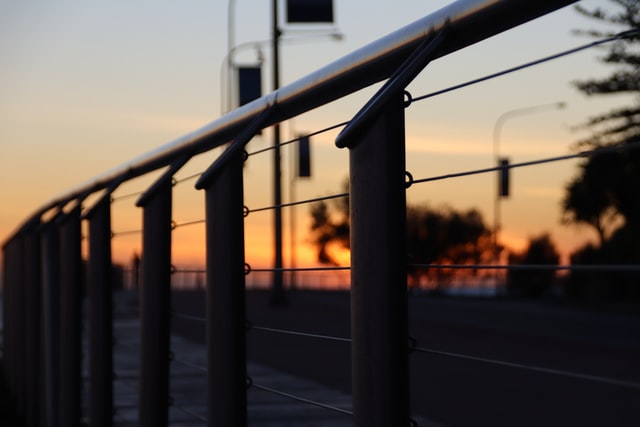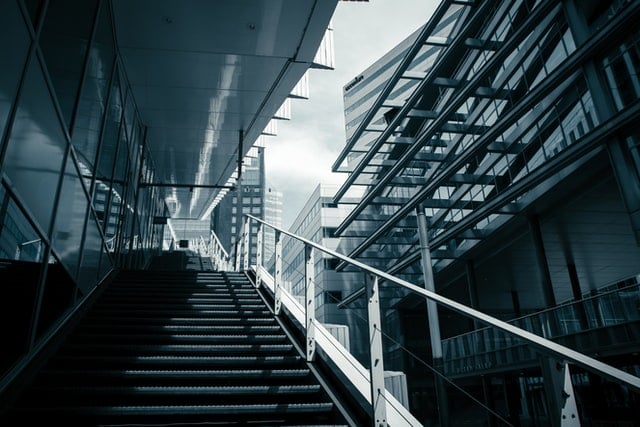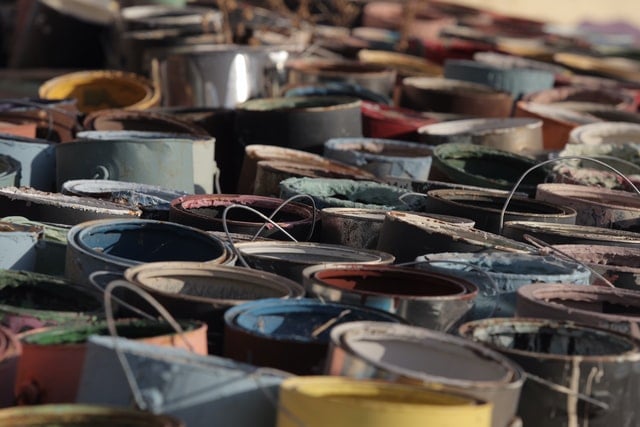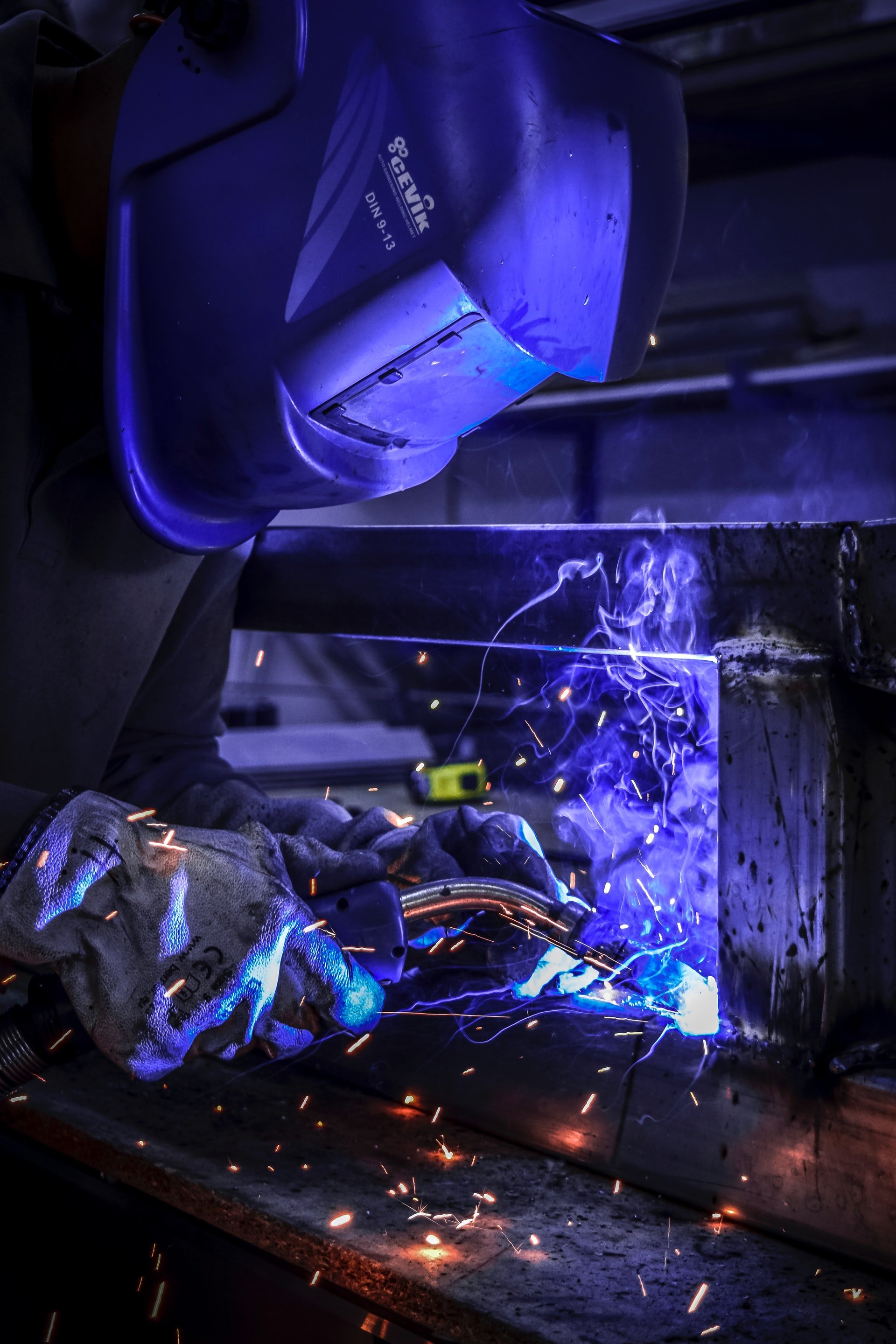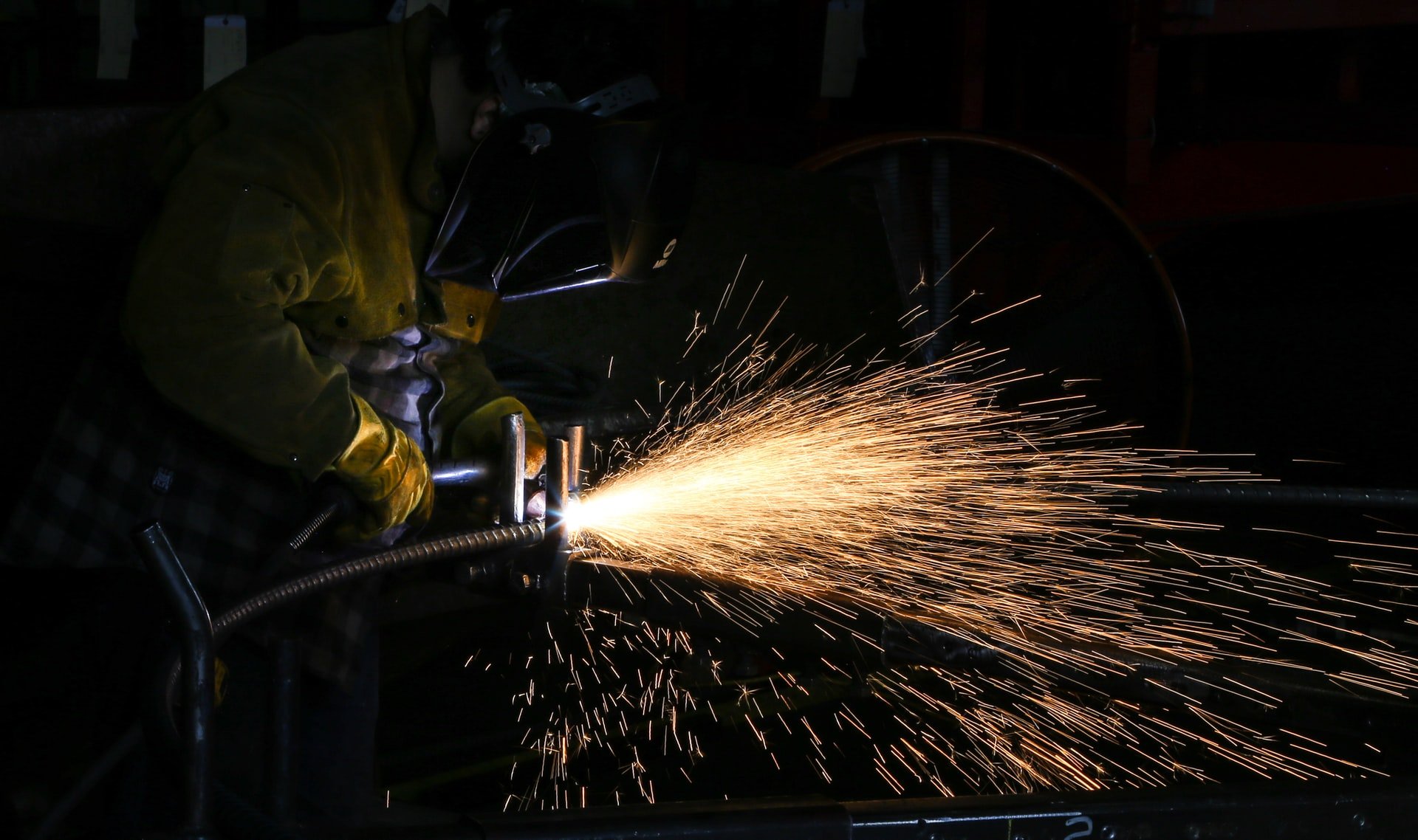
If you are designing or upgrading an external terrace or balcony area, some kind of natural stone railing system may come to mind. After all, well-chosen stone conveys a strong sense of style, looks good when it's new and when it weathers, and should, therefore, be strong enough to stand the test of time. Indeed, as many of our historic buildings show, natural stone and granite has been used in this way over a long period of time.
Yet, if you look closely, some of these attractive architectural features look decidedly ragged or are in the process of being restored. Furthermore, many outdoor areas which once boasted fine stone boundary features have either removed them altogether or else replaced them with railings which use more manageable materials. So is natural stone always the preferred material for outdoor railings?
Strength and Safety
If you’re looking for an outdoor baluster and rail system which is strong enough to act as a safety barrier and will look strong and remain impervious to the weather, natural stone is often a popular choice. When used in large blocks, or when stacked alongside and well supported by other blocks in a regular geometric pattern, stone and granite materials are undoubtedly at their strongest.
The Weakest Link
However, baluster posts are generally a delicate bulbous shape supporting a railing system running above and below. That often means the narrow and fragile-looking ‘neck’ of a baluster post has to support quite heavy material. Being a natural artefact, stone is always susceptible to cracking, but imposing such additional strains on outdoor railings can precipitate failures in this particular region. Looking at any outdoor balustrade run showing signs of wear and disrepair should be enough to confirm the observation that this weak point is where cracks and breaks are generally prone to occur.
Moisture Damage
Though some granites may offer slightly better resistance, shaped natural stone rail systems may also collect moisture and suffer flaking and cracking due to frost action. However, apart from the high cost of quarried stone materials, the precision and expertise such projects inevitably demand means a costly, time-consuming professional installation will always be required. Stone balusters are very heavy, so they must be transported and handled very carefully, and always secured in position with custom fixings which can be relied upon to take the strain. And given the hard, abrasive nature of these stone features, all protruding corners must be chamfered and other edges carefully rounded to avoid causing serious injury if anyone should slip and fall against them. While this is undoubtedly necessary, it will invariably add to the cost of installation.
Installation
Finally, professionals also note that mixed-material installations, e.g. stone baluster posts with ornate iron railings, must always take into account the fact that each material will react differently to temperature changes. Thus, sharp fluctuations occurring over a short timescale might be enough to cause some significant cracking and movement at the joints.
Our Recommendation
As attractive as natural stone undoubtedly is, we always recommend using stainless steel, wrought iron, or a combination of materials for the best balance of appearance, longevity and safety. If you’d like to discuss your options and how you can incorporate some natural stone into your railing design, please call 01945 464 637 today.
Image Source: Needpix





